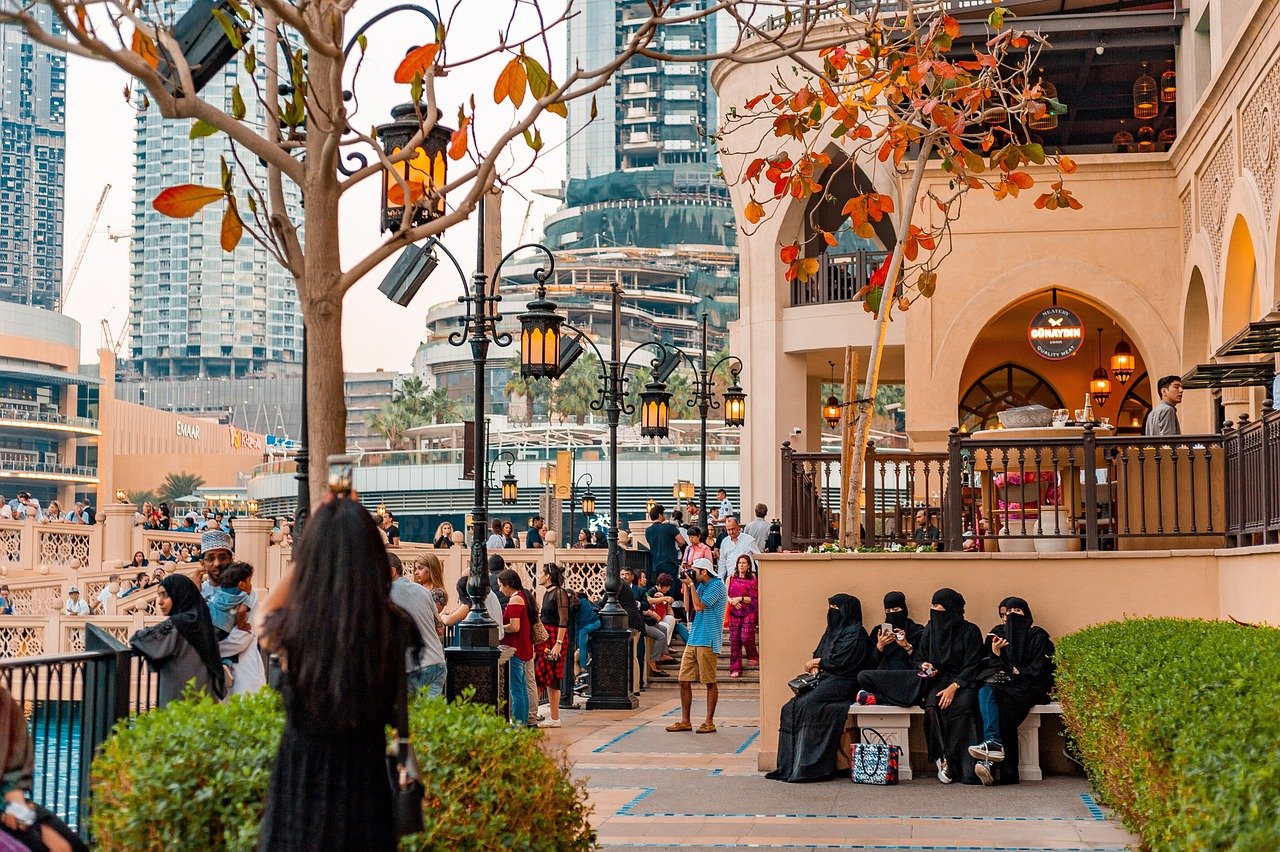In the era of globalization, a sense of belonging to a place is crucial. Architectural place identity, tied to historical and cultural heritage, influences how people perceive and emotionally respond to spaces. Architecture demonstrates belonging, identification, and the uniqueness of a place. However, the subjective nature of architecture makes it challenging to create a common benchmark for analysis.
“Identity” is a multi-dimensional concept essential for meeting the needs of belonging, recognition, and self-actualization. It helps individuals and groups identify with their environment and society. Identity is shaped by the environment, influencing human emotions and associations with certain features. The identity of a city reflects its historical and geographical processes, often described as the “genius loci” or spirit of a place, which includes both material (architecture, monuments, urban planning) and intangible elements (cultural and historical values).

As centers of settlement and administration, cities have rich histories and traditions. They are dynamic, constantly evolving organisms that include various identities shaped by internal and external factors. Identity in a city is not static but changes over time with its inhabitants. Both heritage and innovation play roles in a city’s development and public spaces often serve as key indicators of a city’s identity.
Globalization threatens place identity, leading to “plain” architecture that looks the same everywhere and lacks cultural significance. This trend is evident in residential and office spaces. Contemporary architects face the challenge of integrating technological and innovative progress with the spirit of the place. Maintaining identity continuity while designing new structures strengthens a city’s image.
Architectural place identity encompasses identity content coded in urban architecture elements, influenced by historical and cultural traditions. Recognizing and respecting these elements is essential for preserving place identity amid globalization and unification trends. The permanency of architectural objects, both physically and in historical memory, is vital for maintaining a city’s identity.
